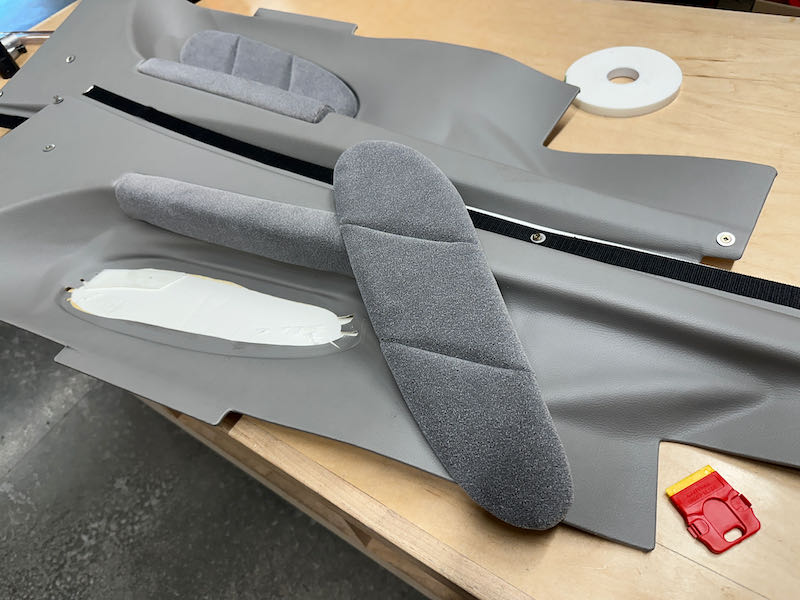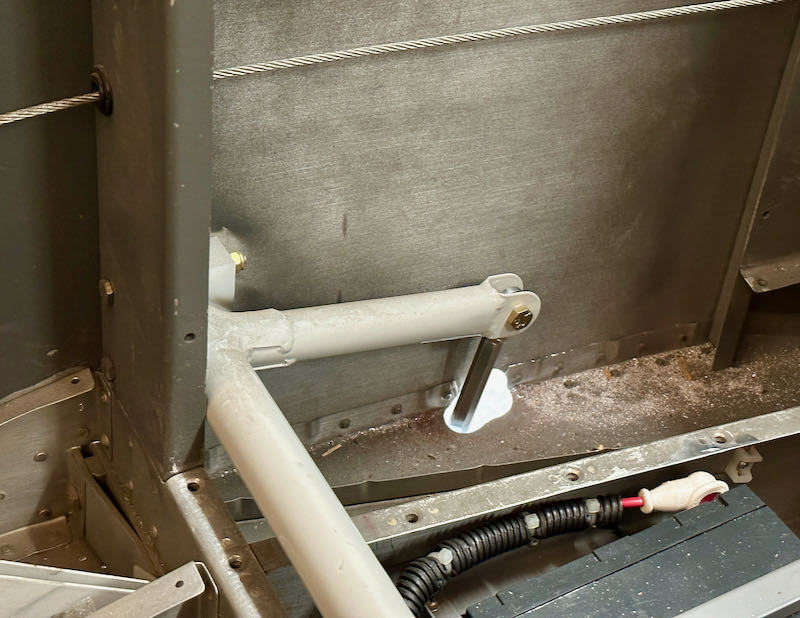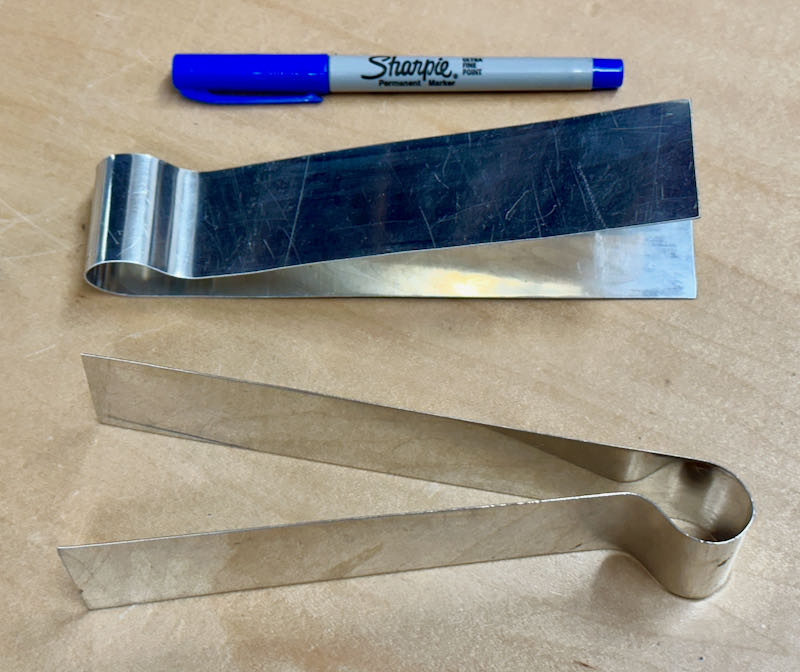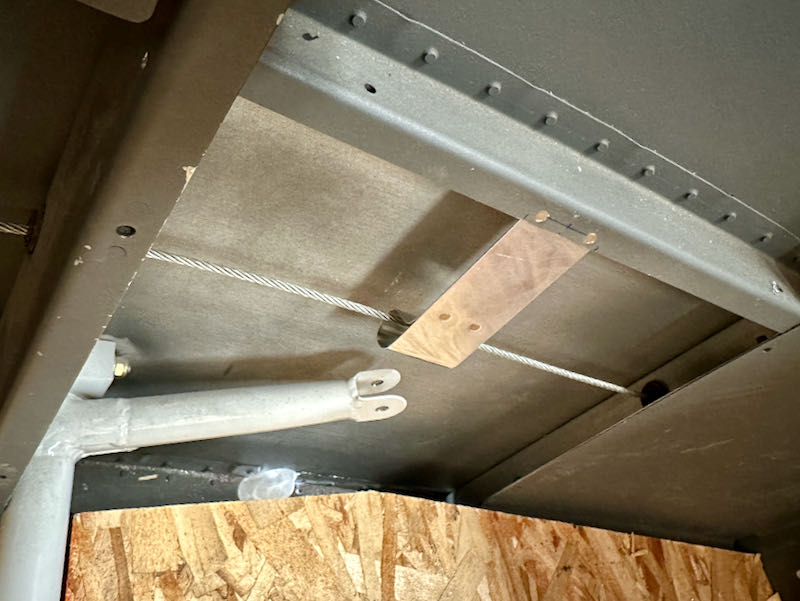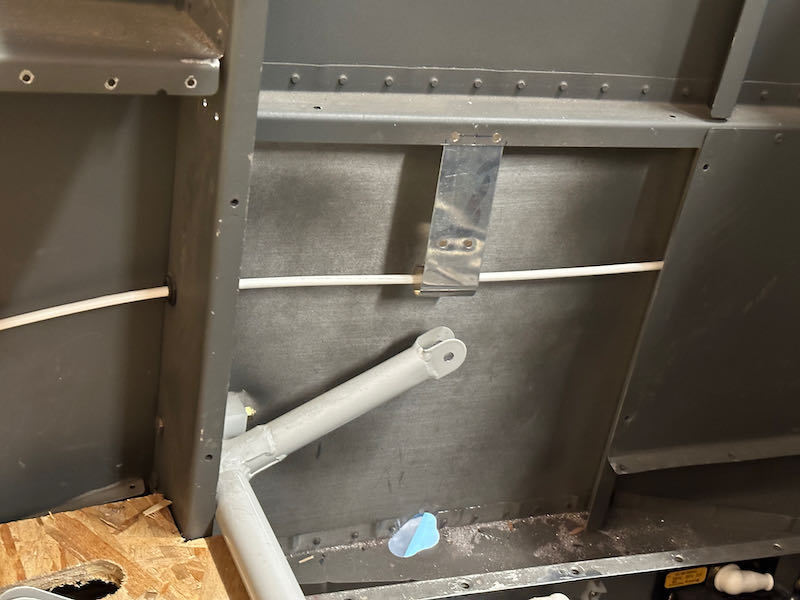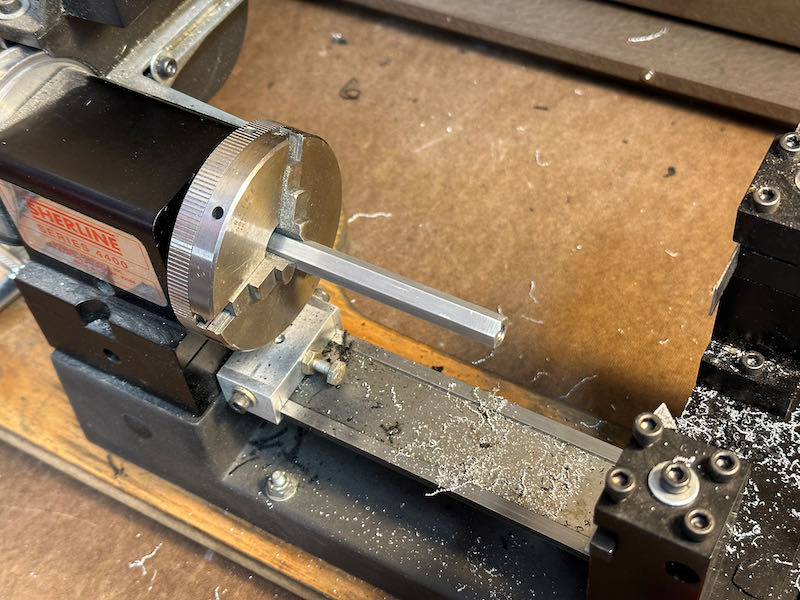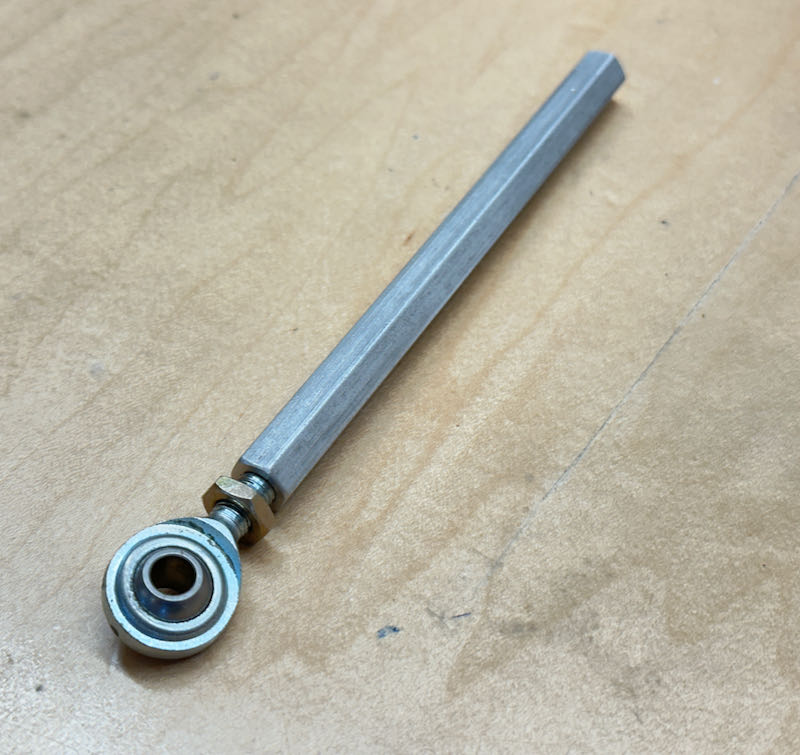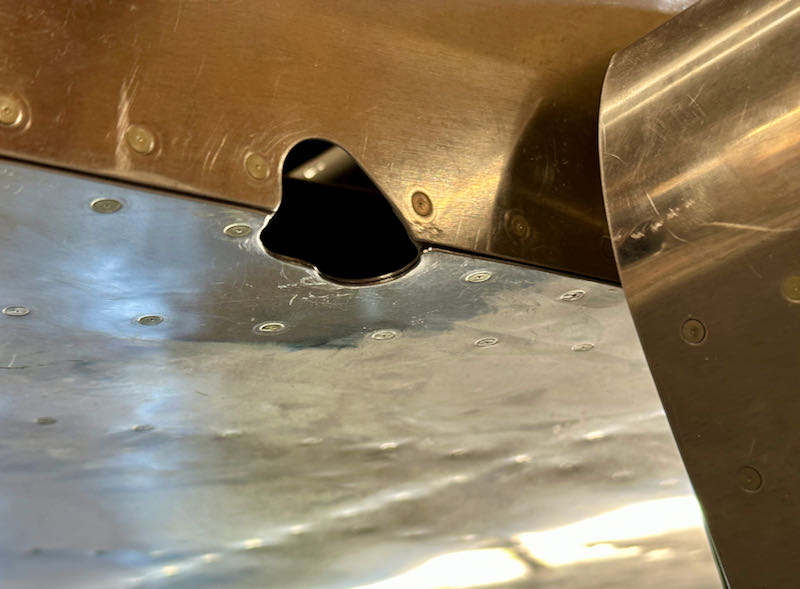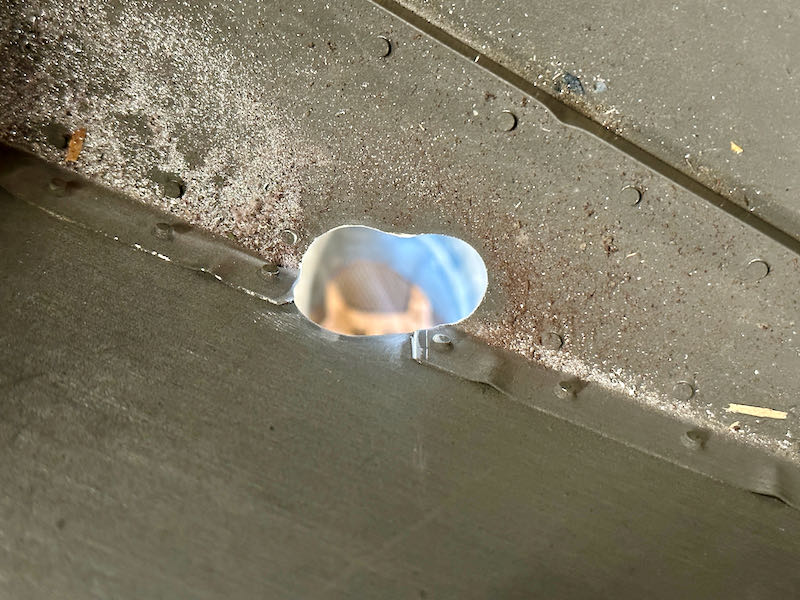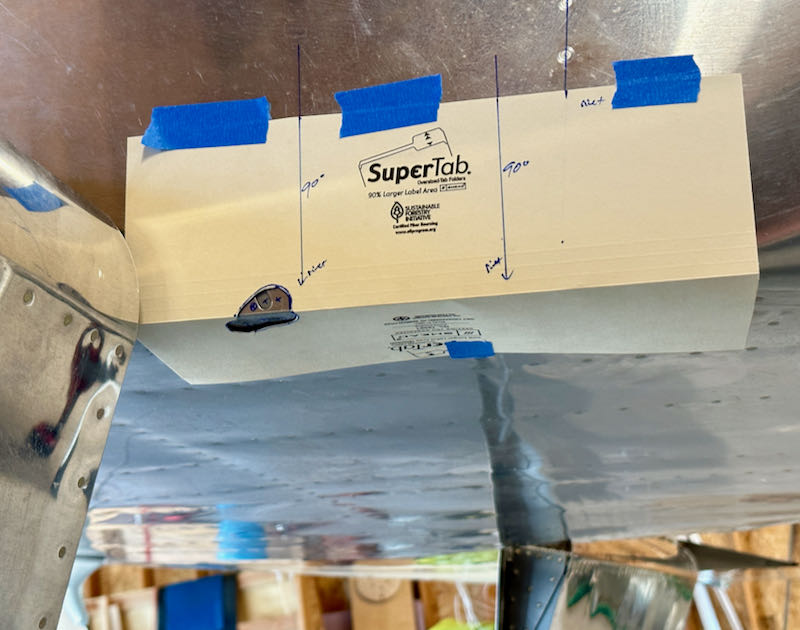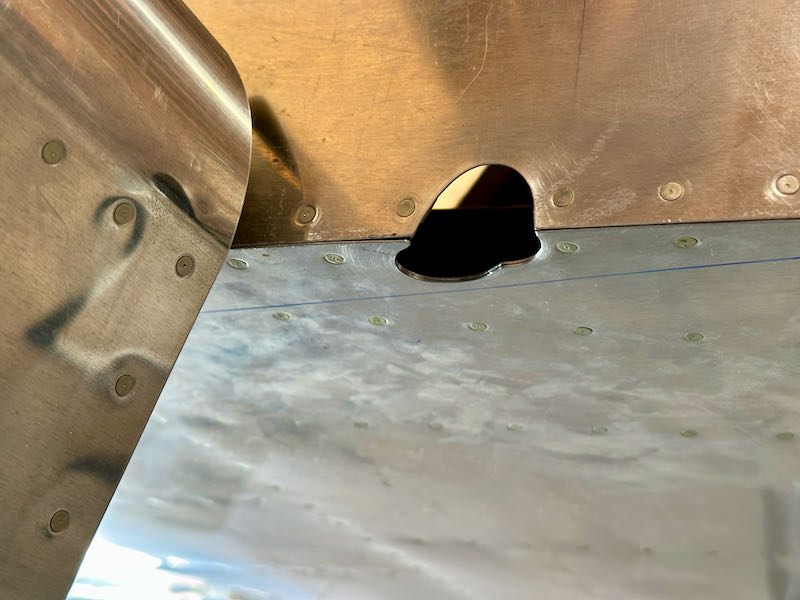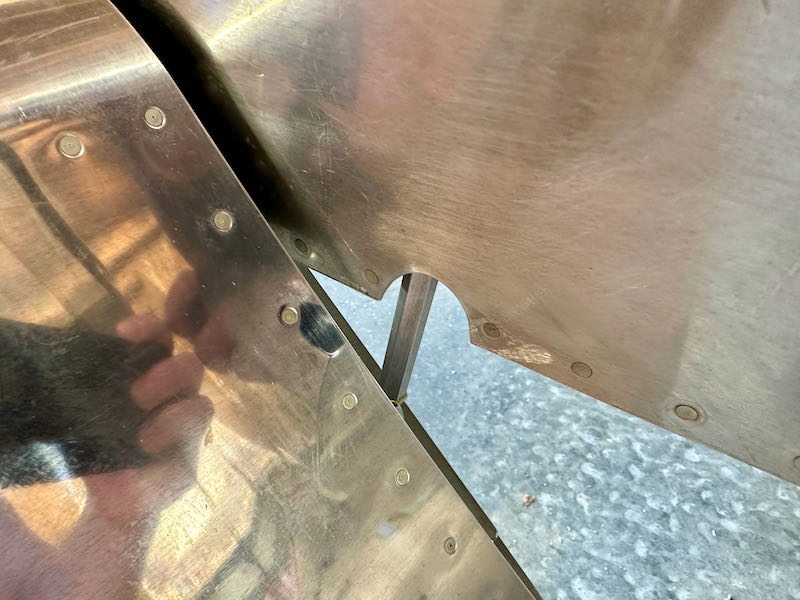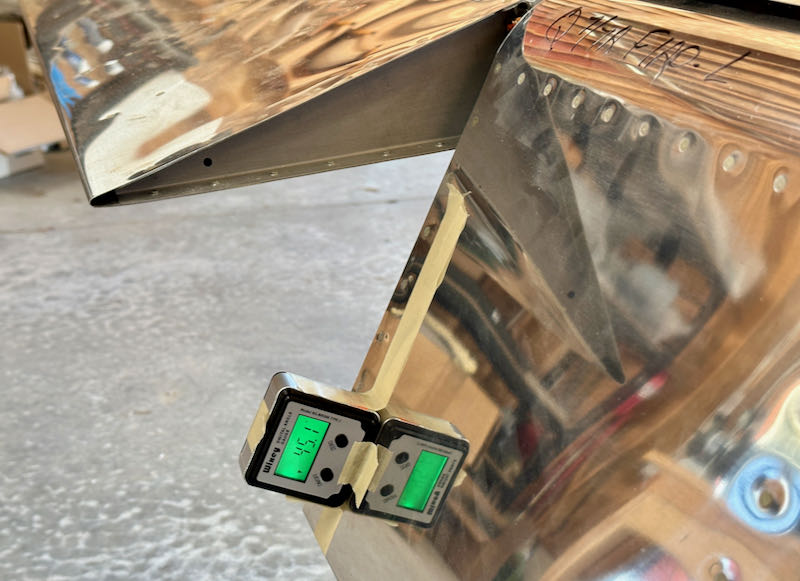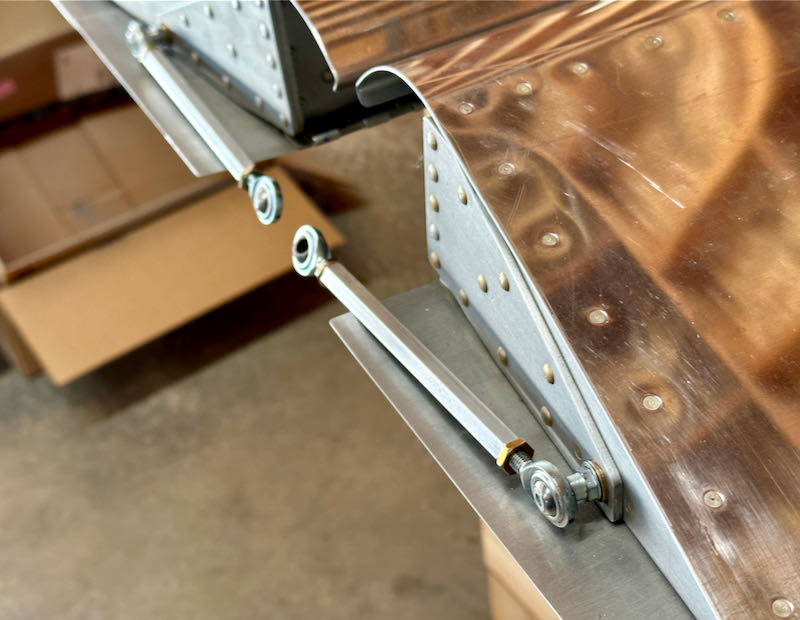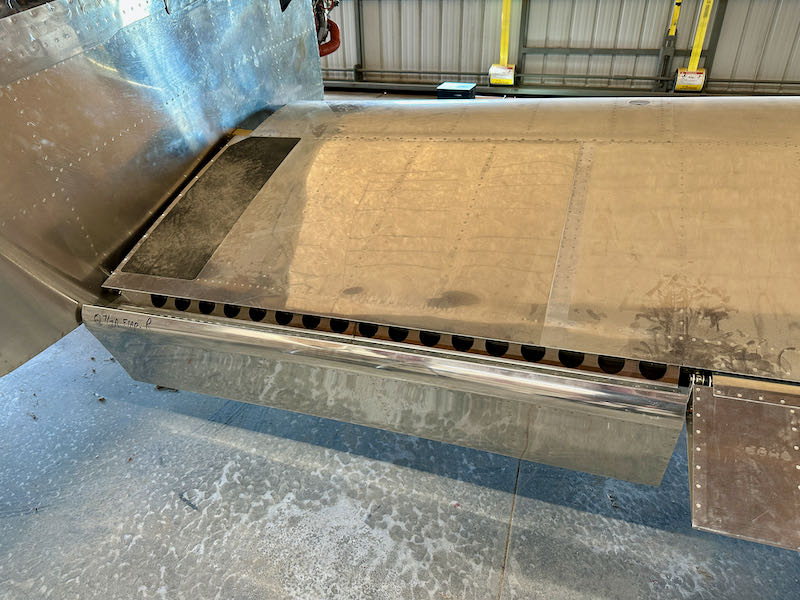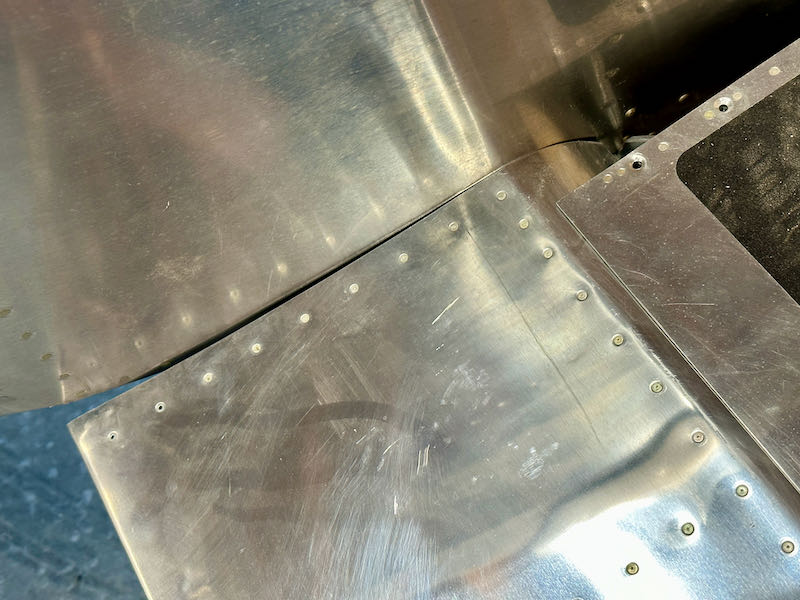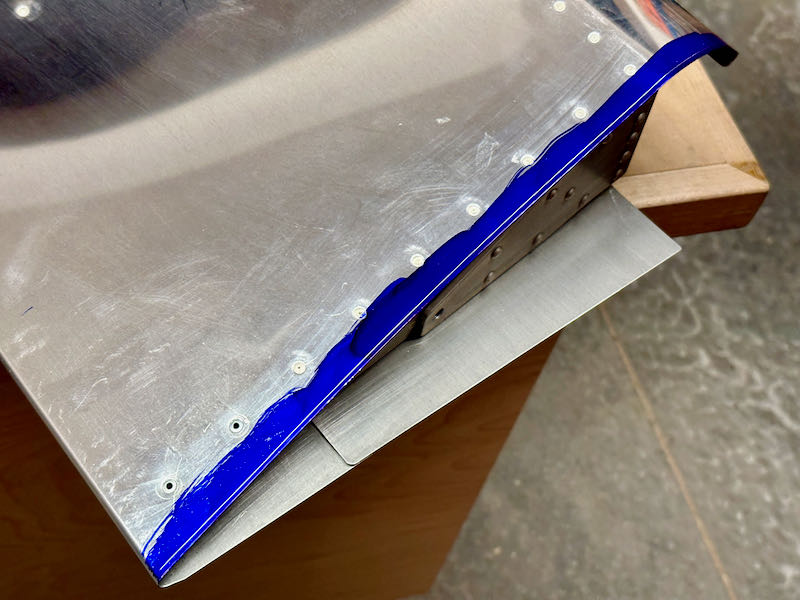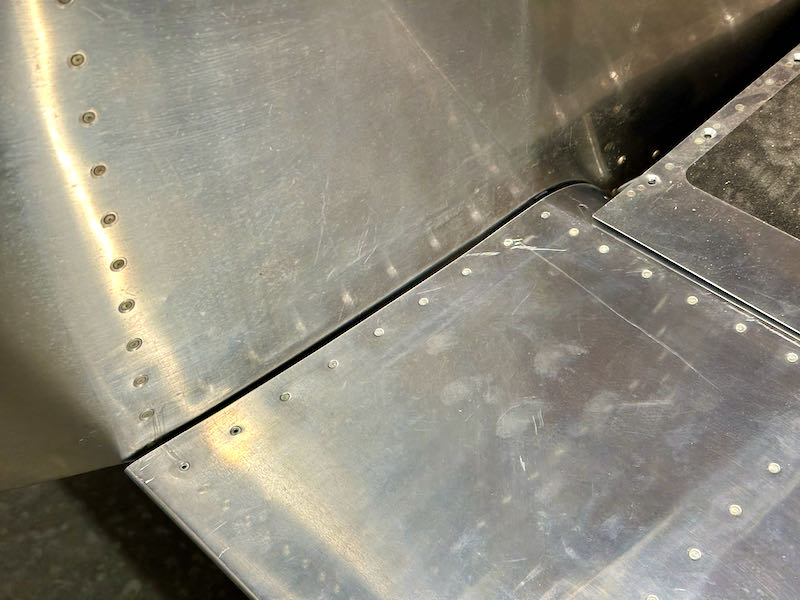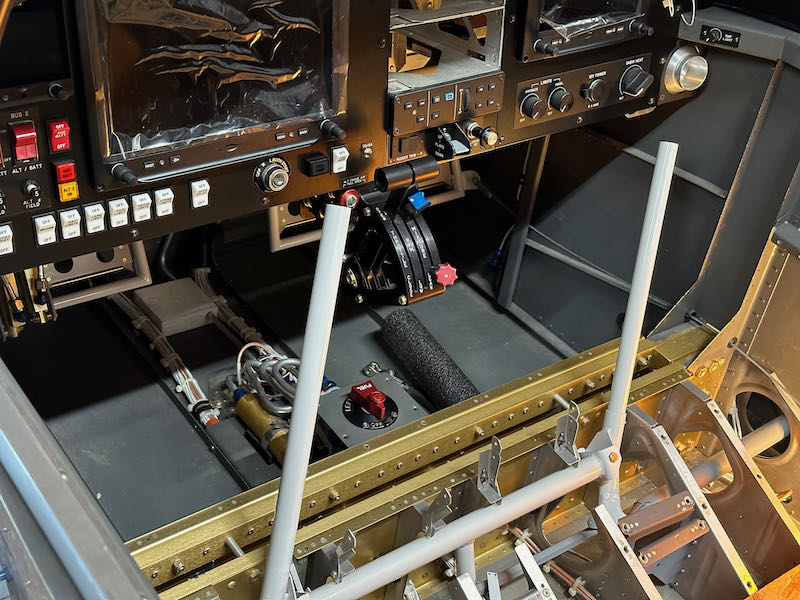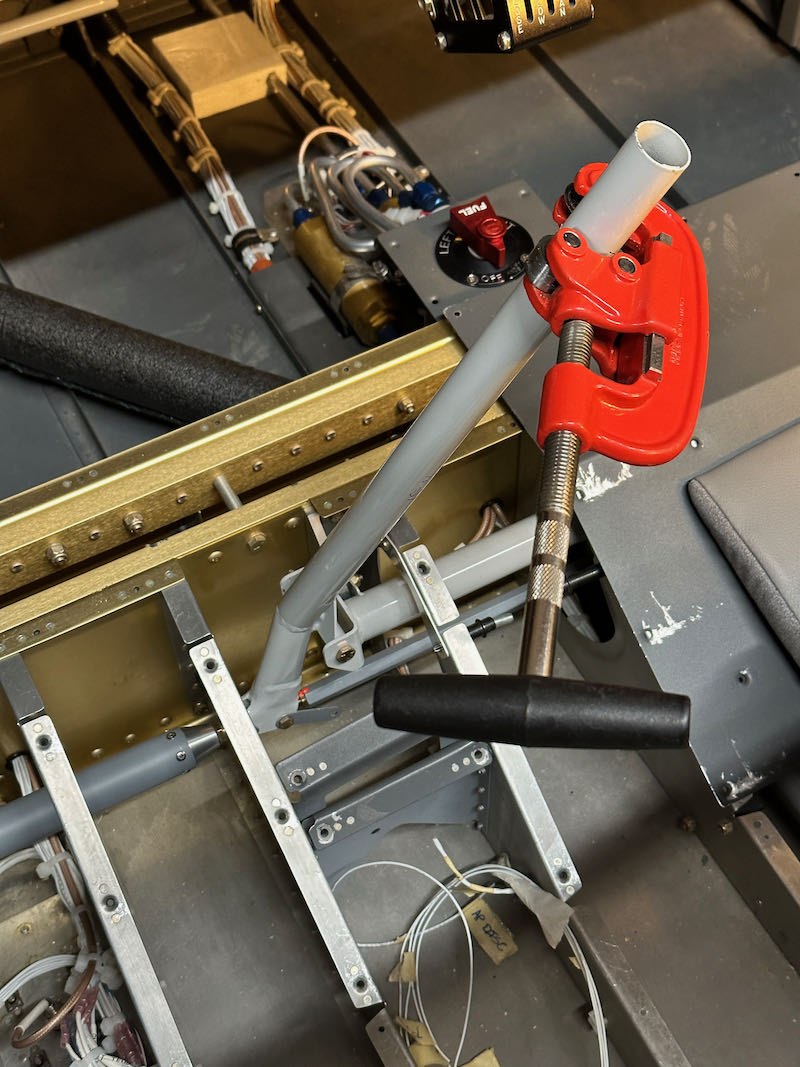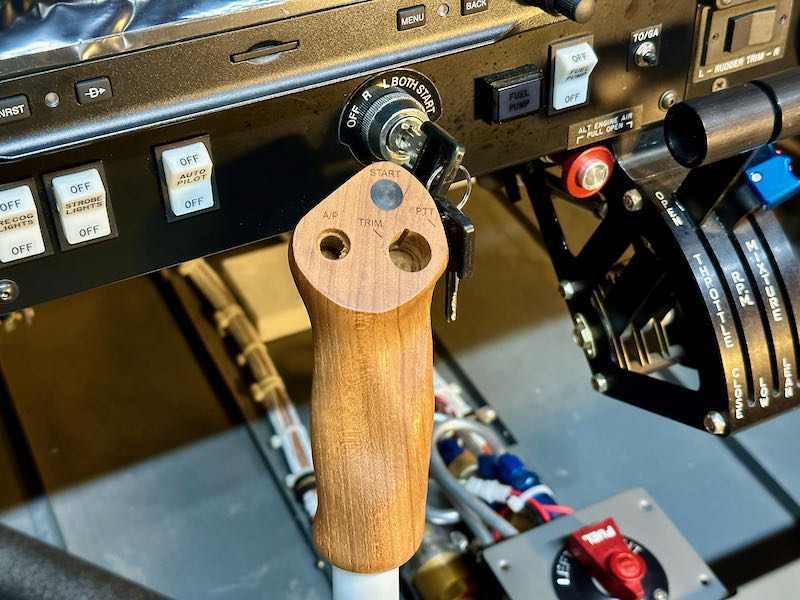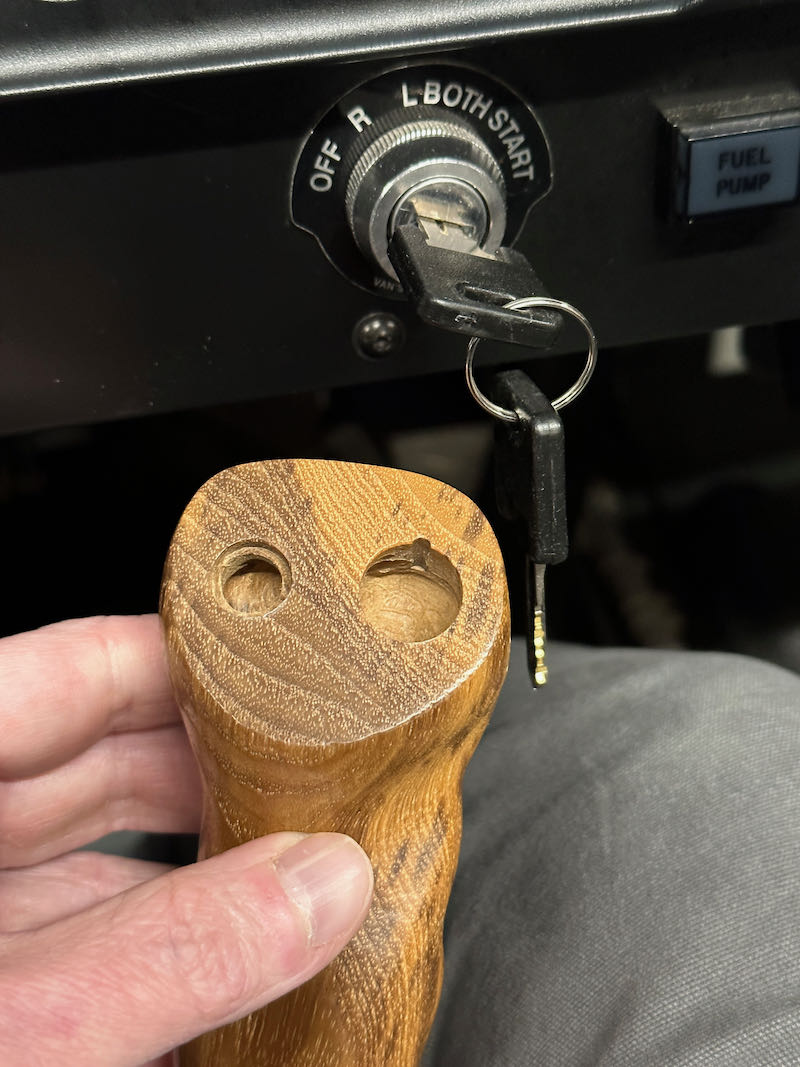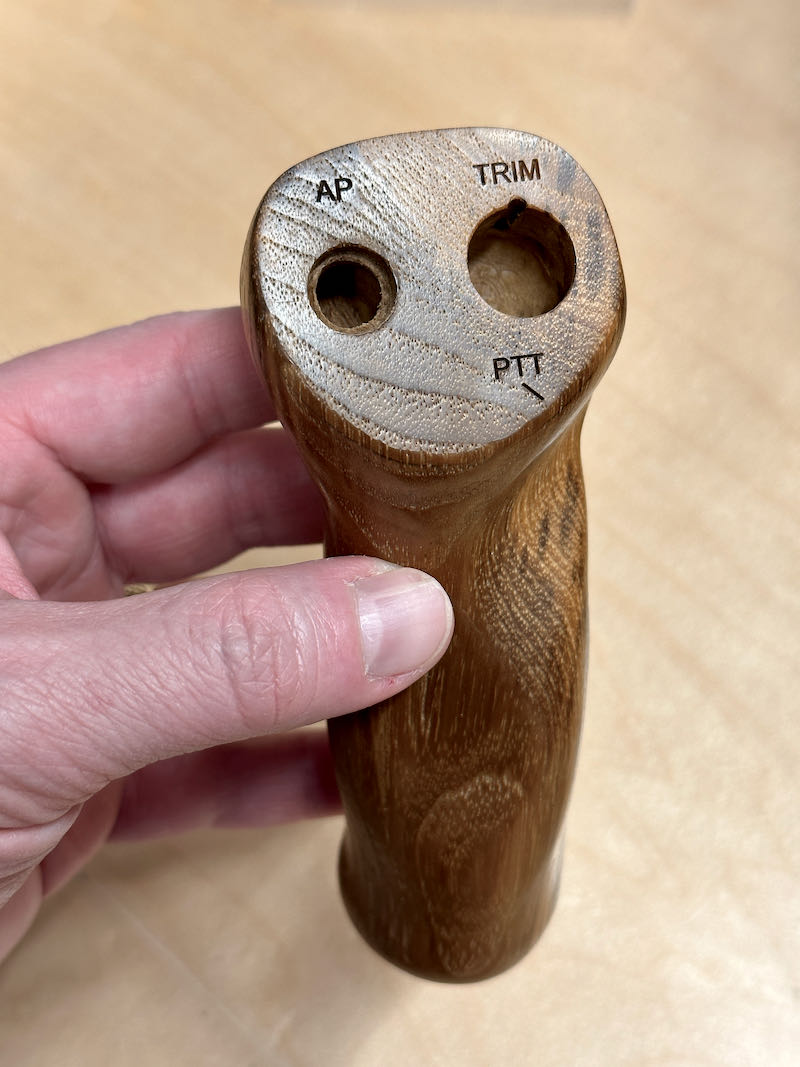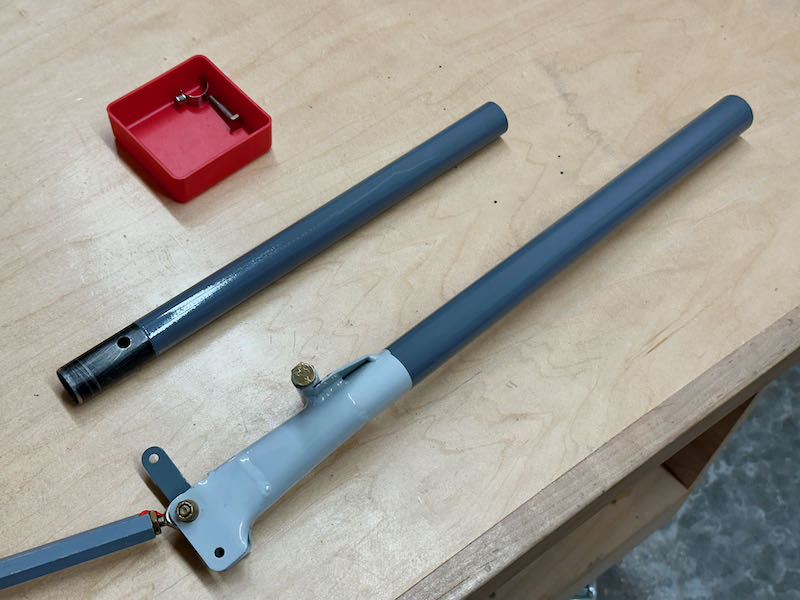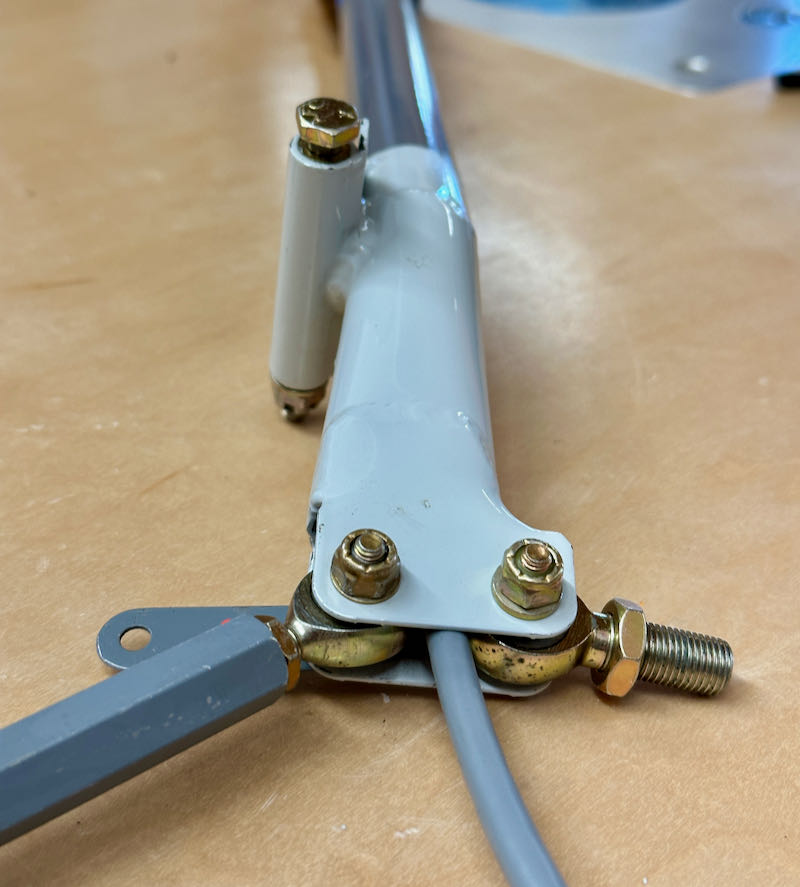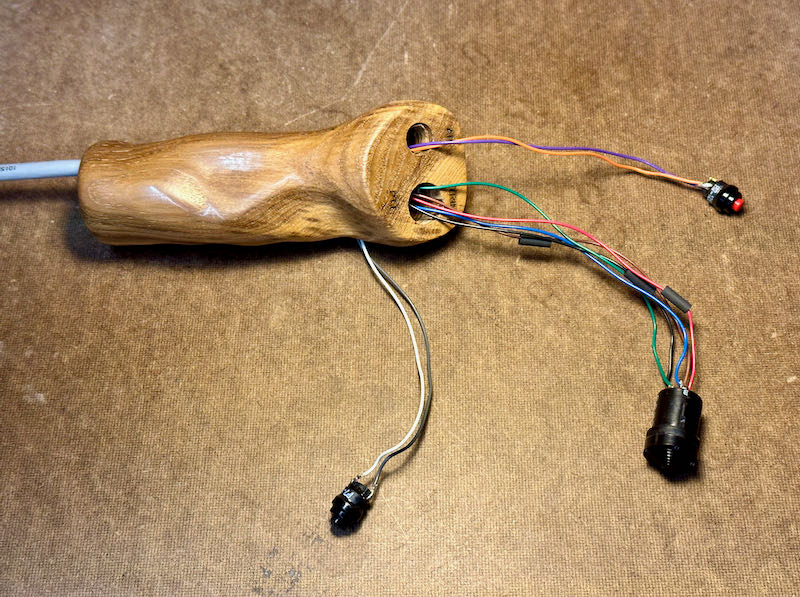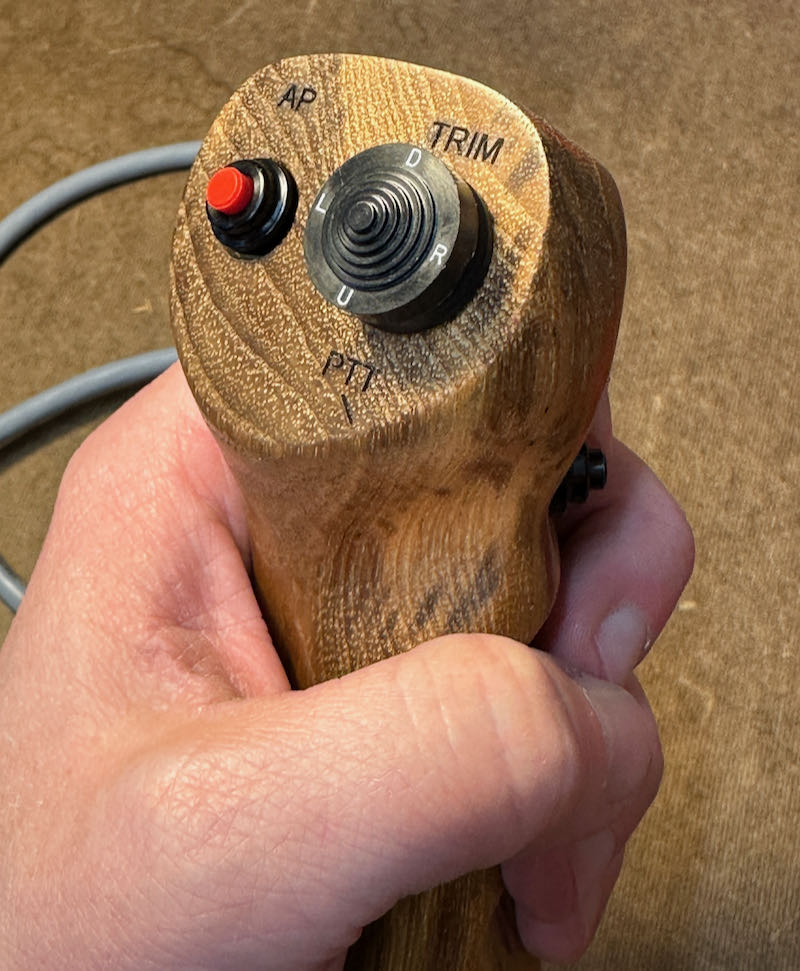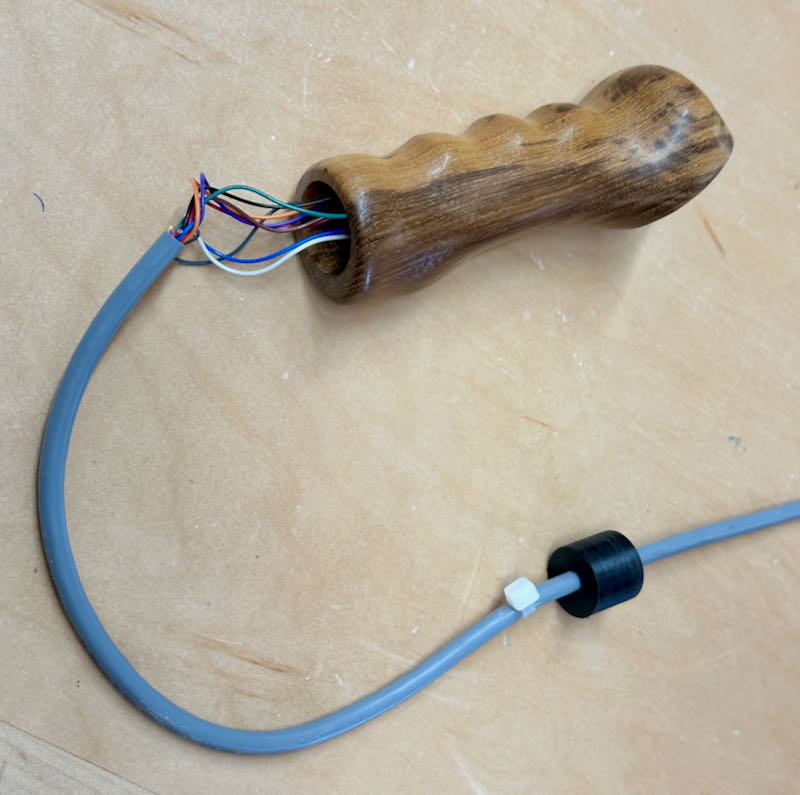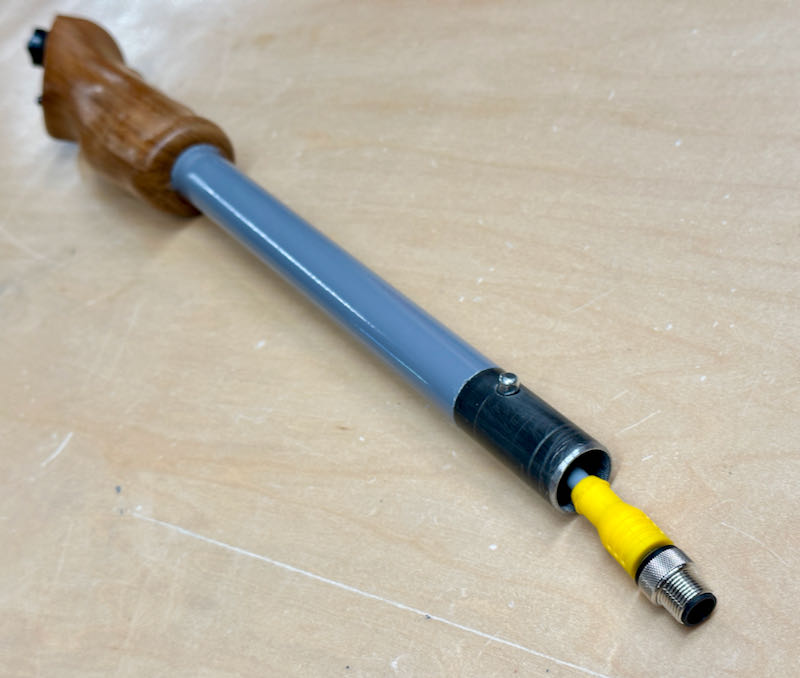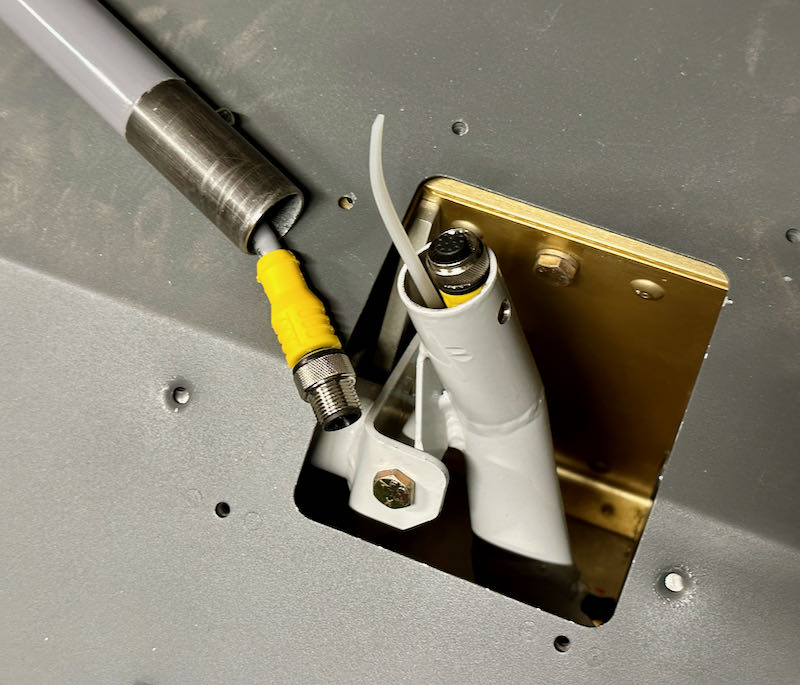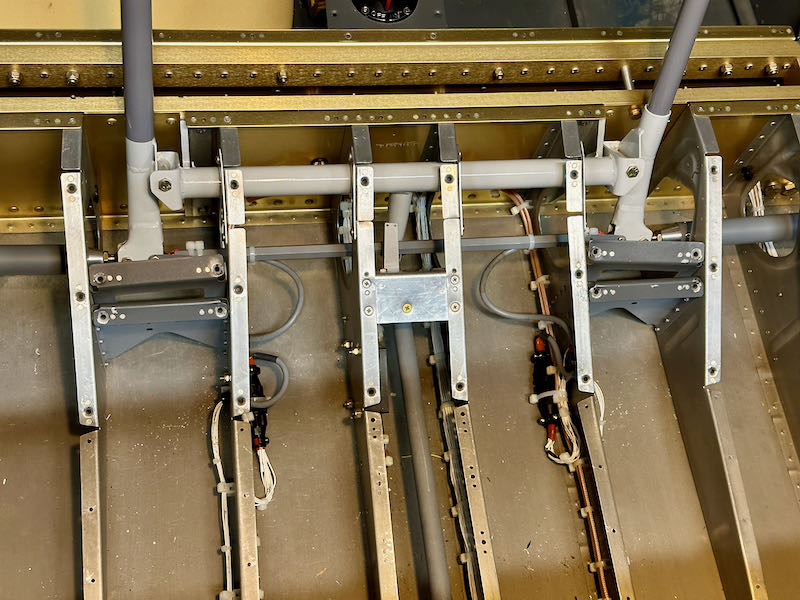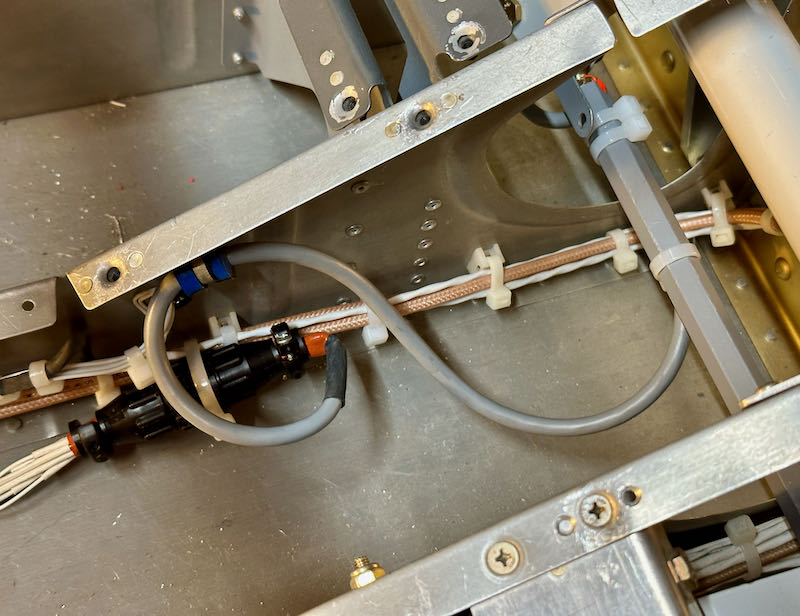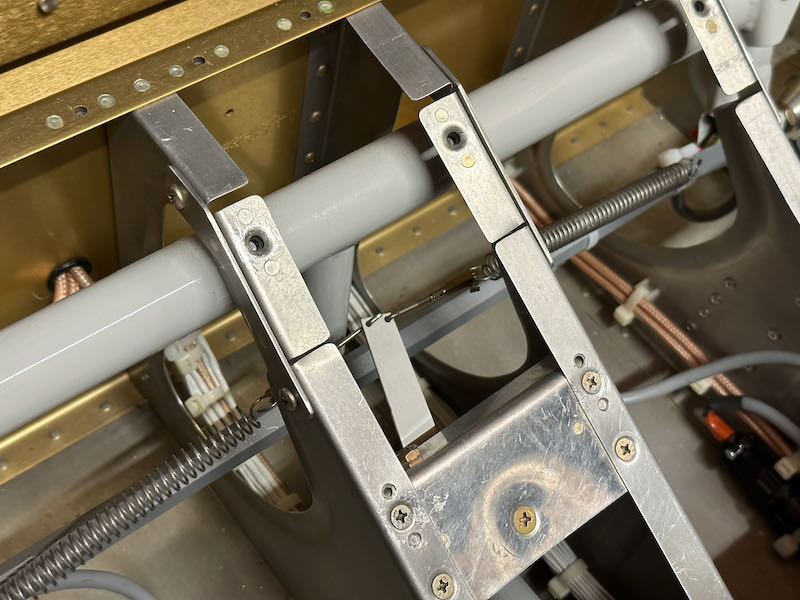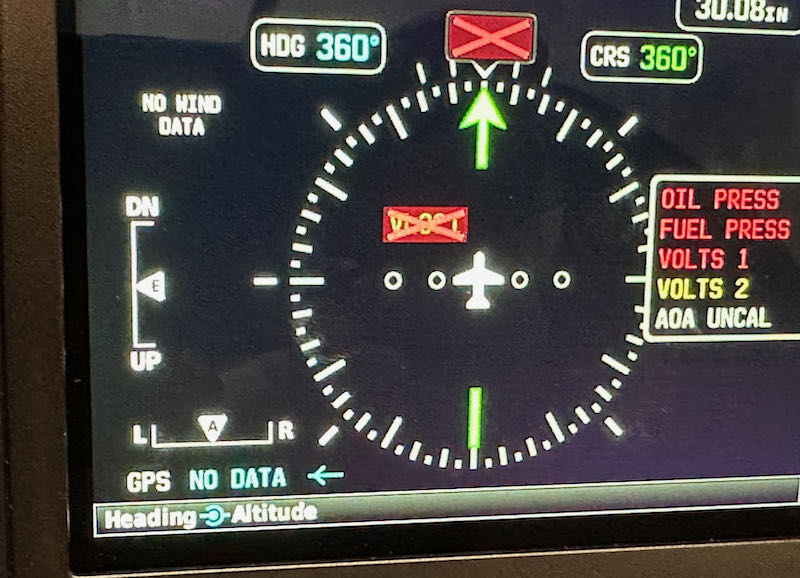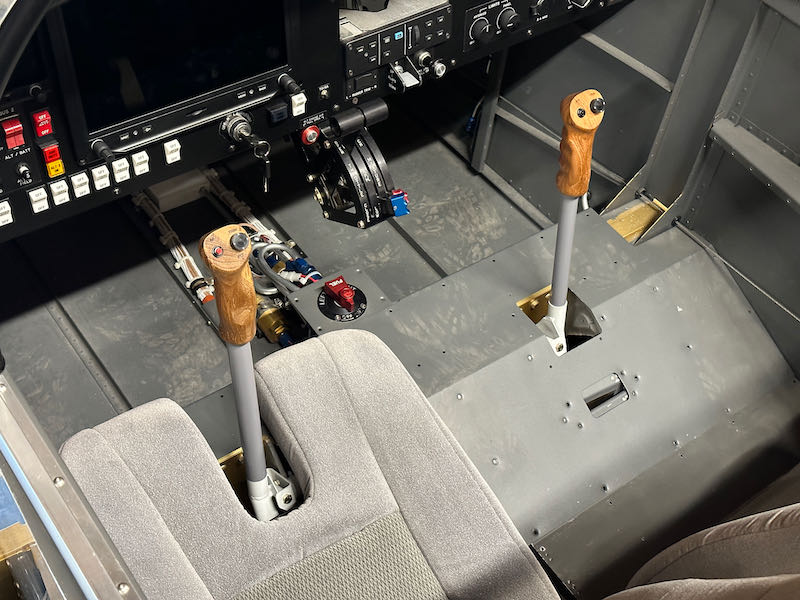I got the Classic Aero interior panels out of storage so I could finish fitting them to the fuselage. Even just sitting loosely in place, they look pretty good:
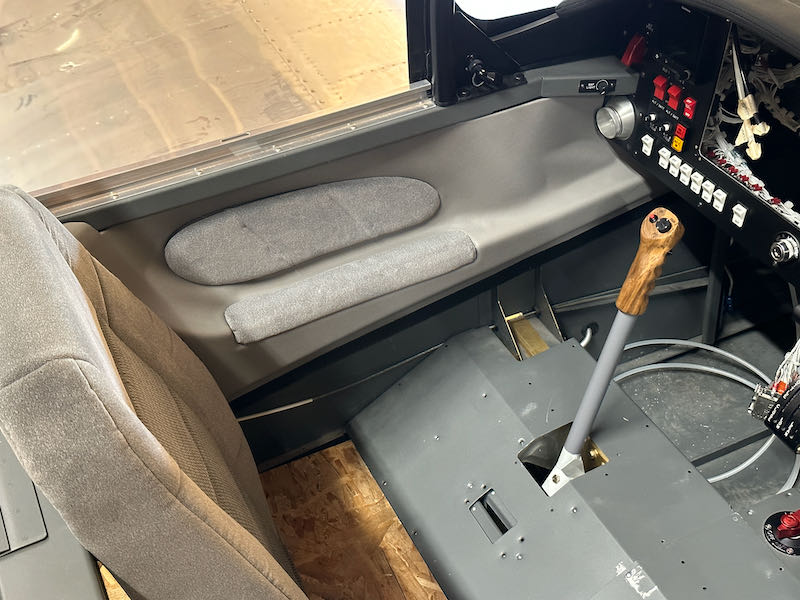
I don't love this gap at the top of the center section, but I don't currently have any good ideas for how to address it. I just minimized the gaps as best I could, then drilled and installed the nutplates that hold the forward end of each interior panel to the F-902 bulkheads:
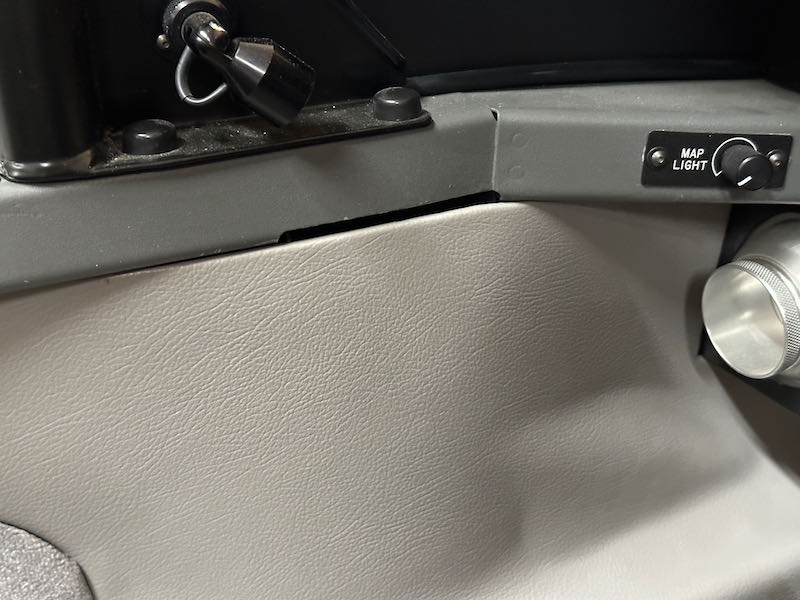
I installed nutplates in the F-705D channels to secure the aft bottom corners of the interior panels. This also involved changing the upper screw and nutplate holding each F-749 flap cover to a flush fastener to fit underneath:
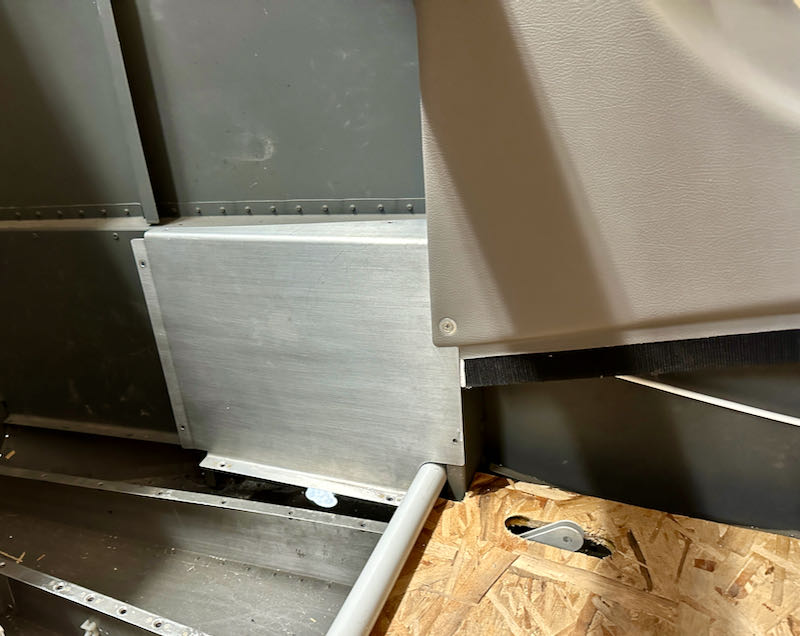
I picked up some more Rustoleum textured paint and sprayed a bunch of interior pieces:
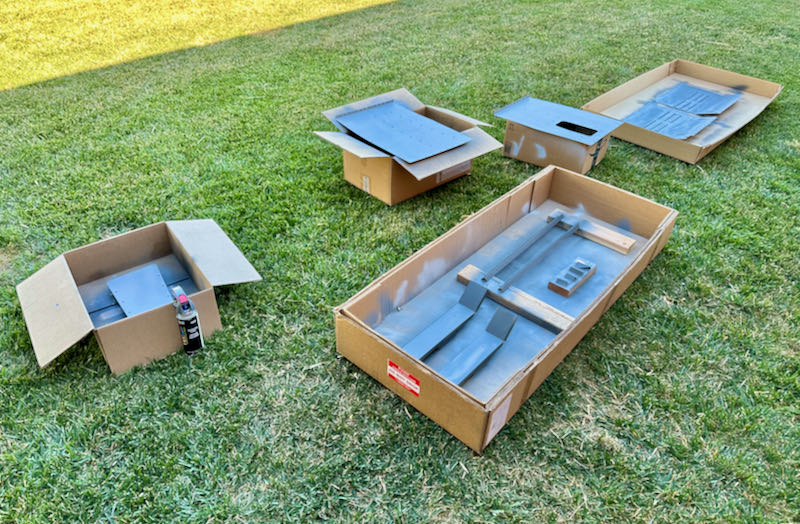
Long ago I fabricated some improved stiffener angle pieces to reinforce the armrests, a known weak spot in the design of the interior of these airplanes. Somehow I forgot to document this, but here's everything painted and riveted together. There's a piece of 0.062" angle tucked under the armrest flange, which attaches to the center section and F-705 bulkhead with a pair of little brackets. You still wouldn't want to jump up and down on them, but the armrests are now much stronger than stock. Naturally I also riveted the F-704K center section cap strips at the same time:
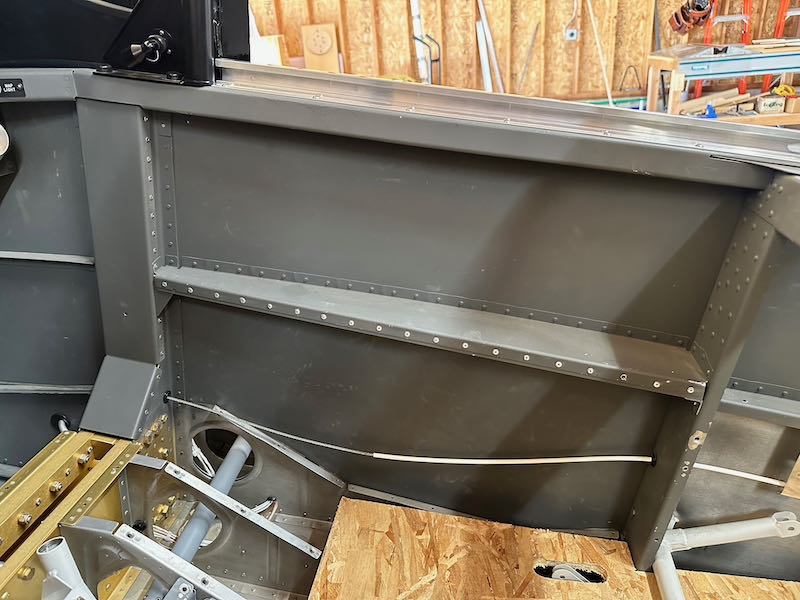
It's hard to see in the above photo, but there is a nutplate in the F-704K and another one near the aft end of the armrest. Into these I drilled screw holes for two more screws, one into F-704K in an area that will be hidden by the lower side panel, and one into the armrest that will be hidden by the seats when they are installed. Of course, getting these located correctly took some advance planning. With four screws installed, the upper interior panels are pretty secure:
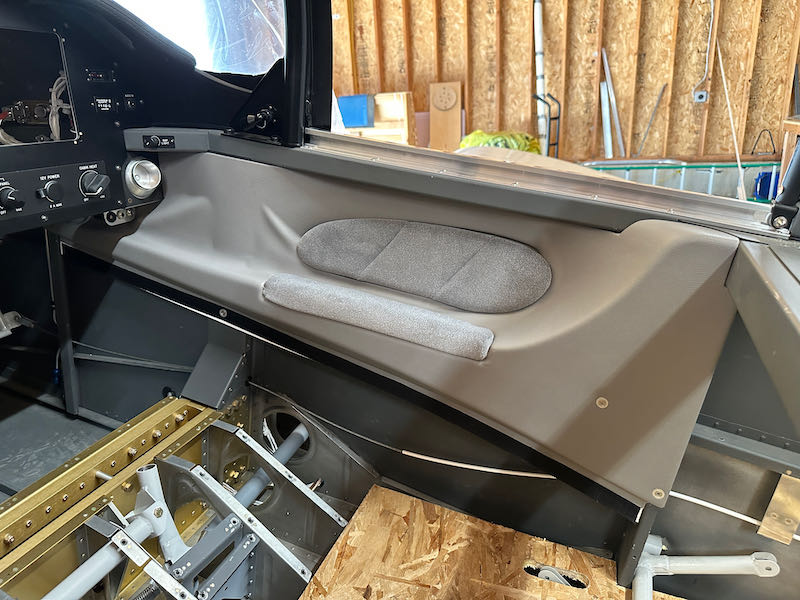
I've had these interior parts so long that the faux-leather material has started to separate from the plastic panels, and the foam tape attaching the elbow pads has more or less given up the ghost. I'll have to do something about all this eventually, but for now it's good enough just to have the fasteners that hold the panels finalized:
